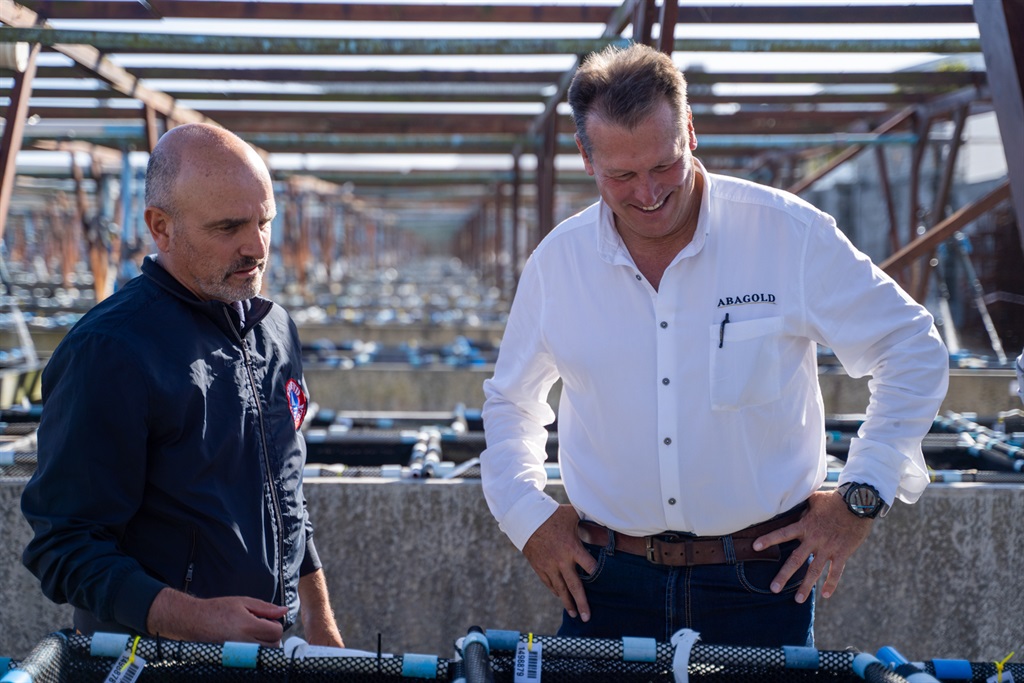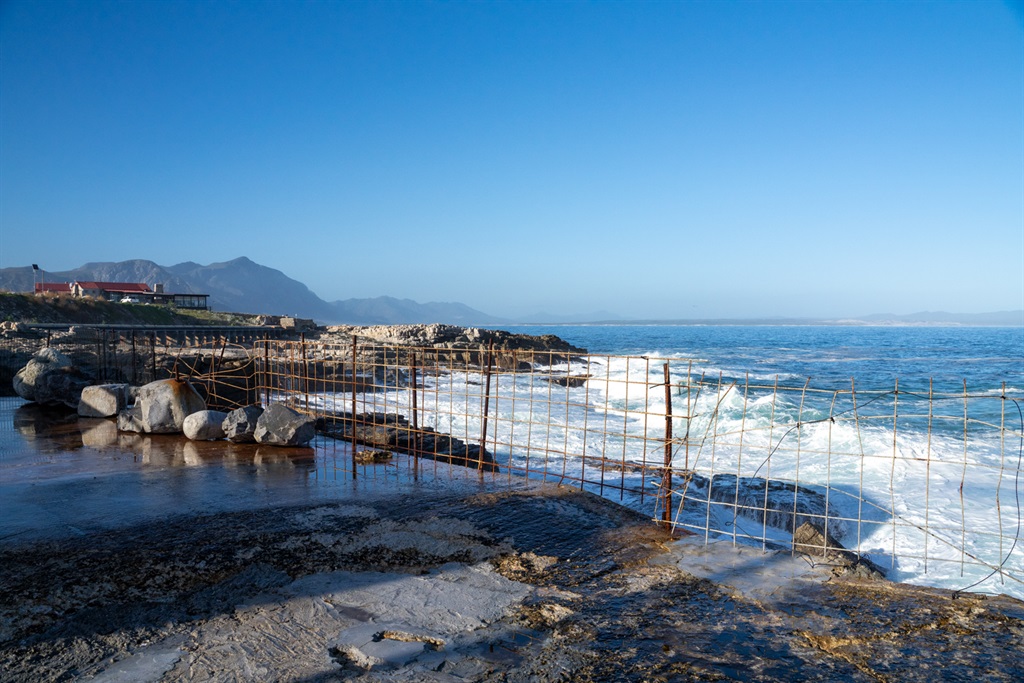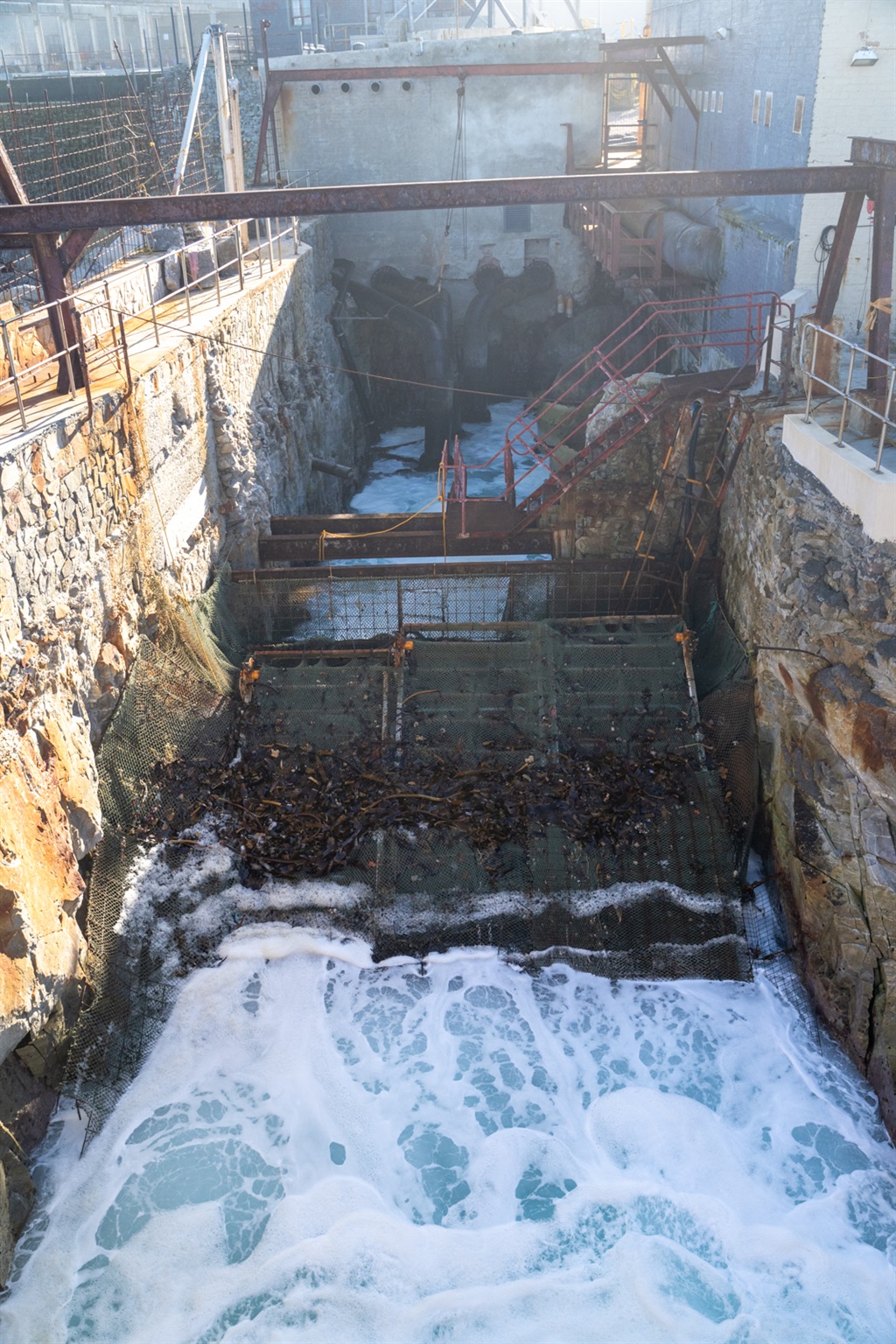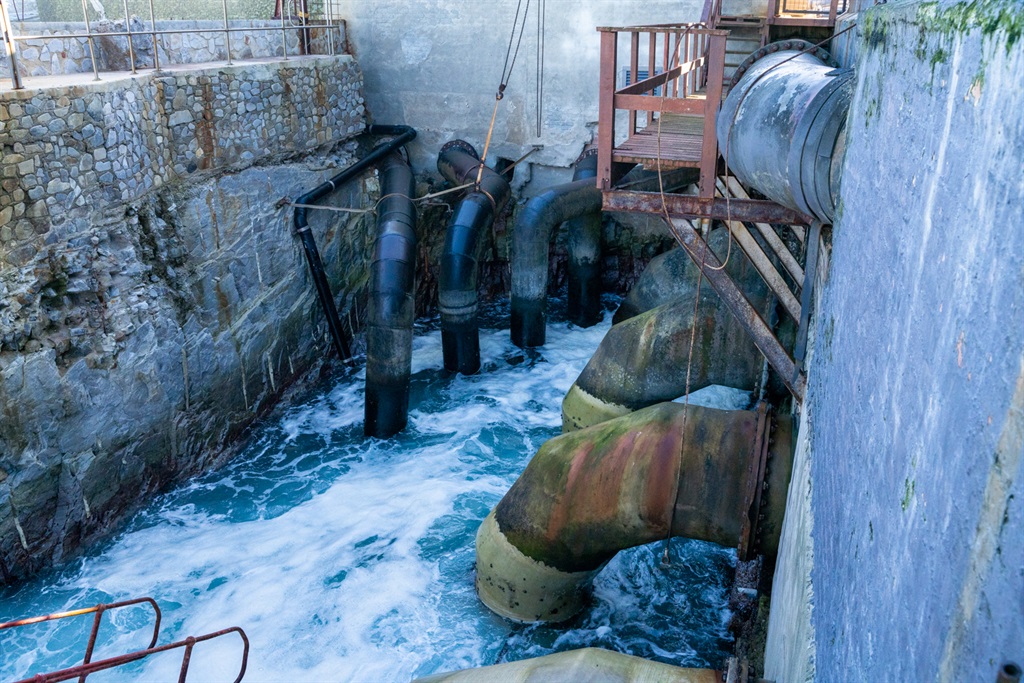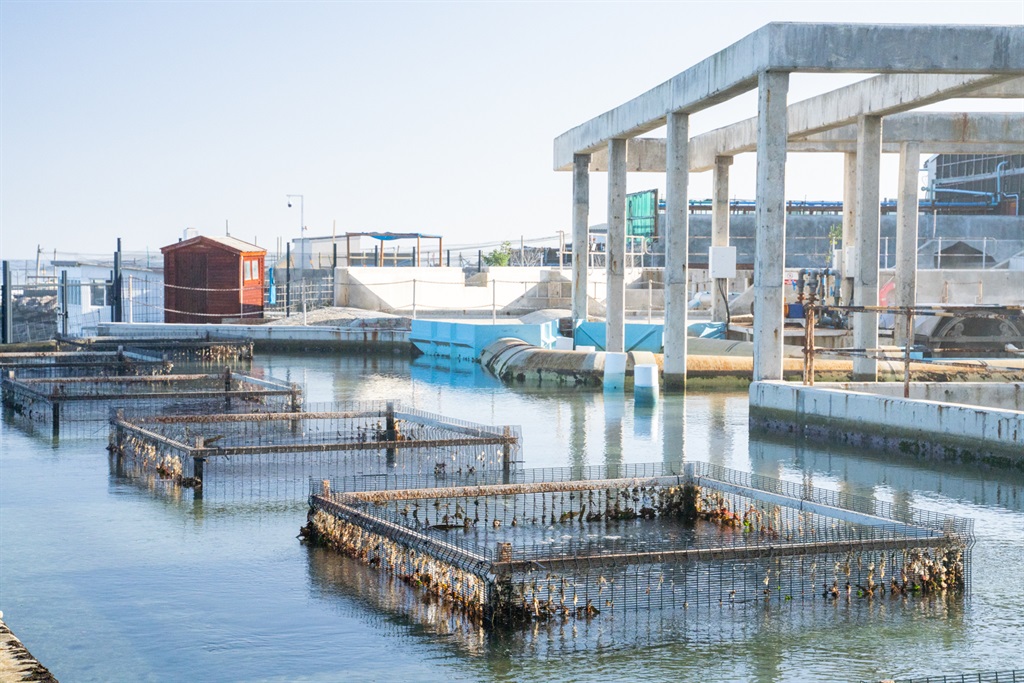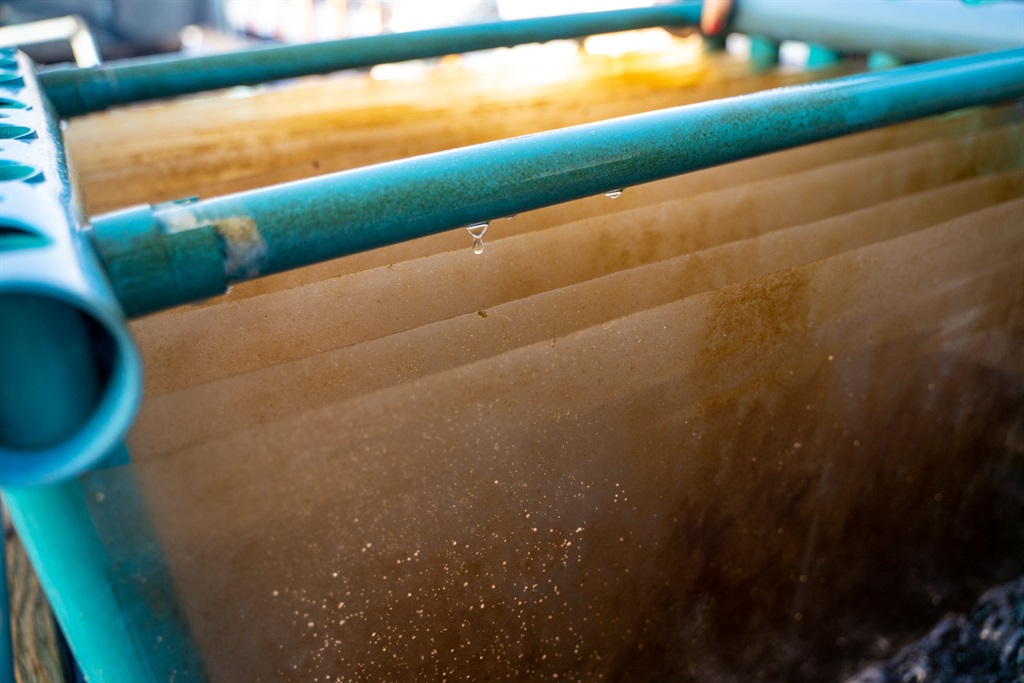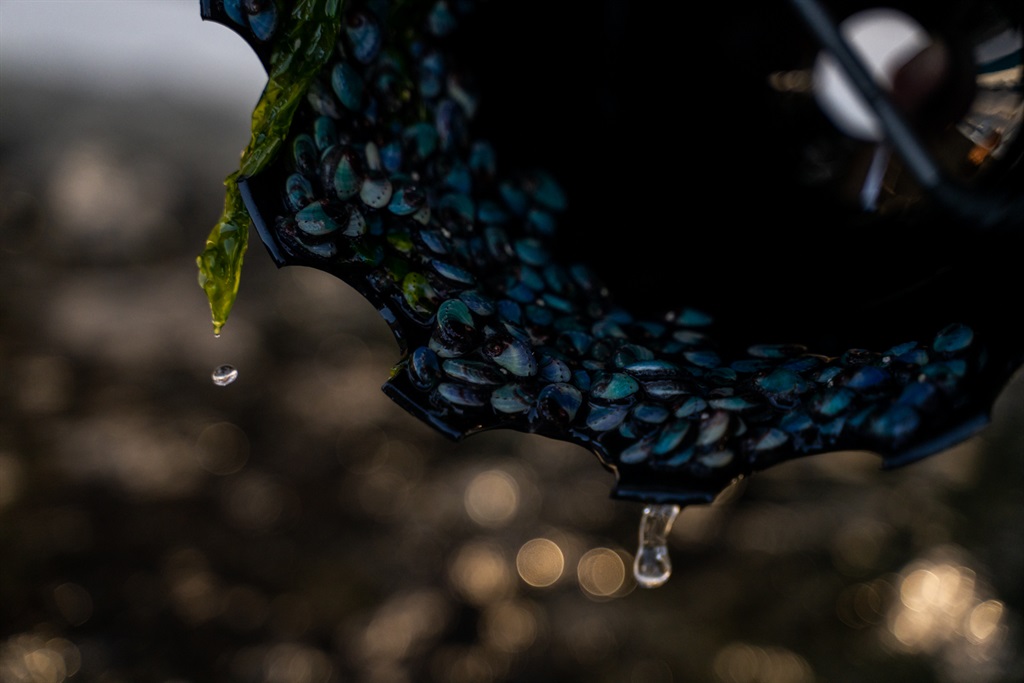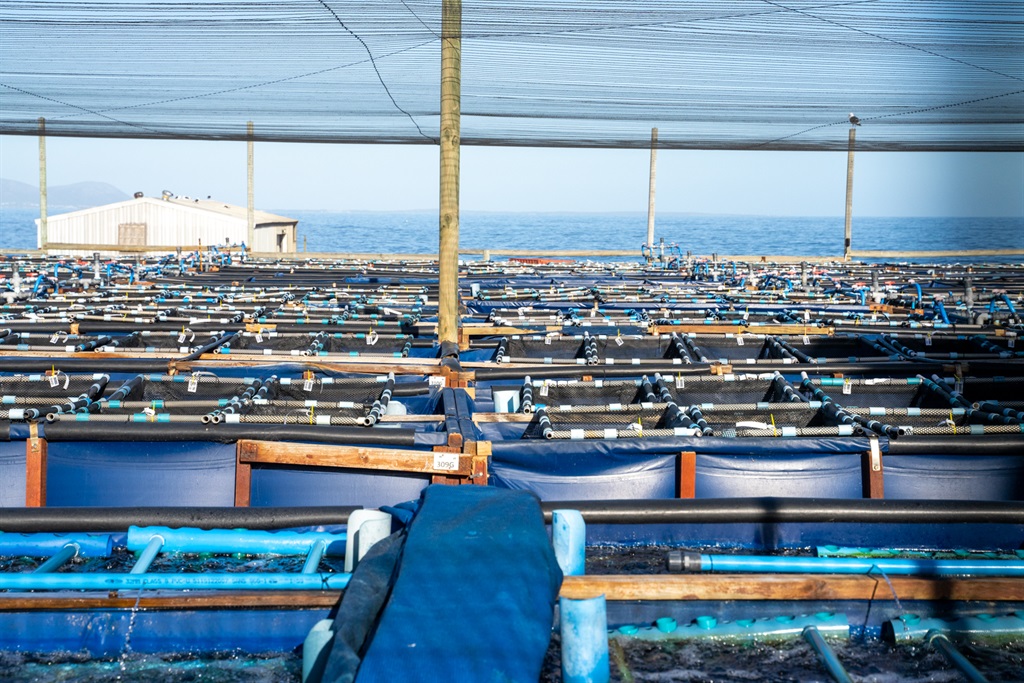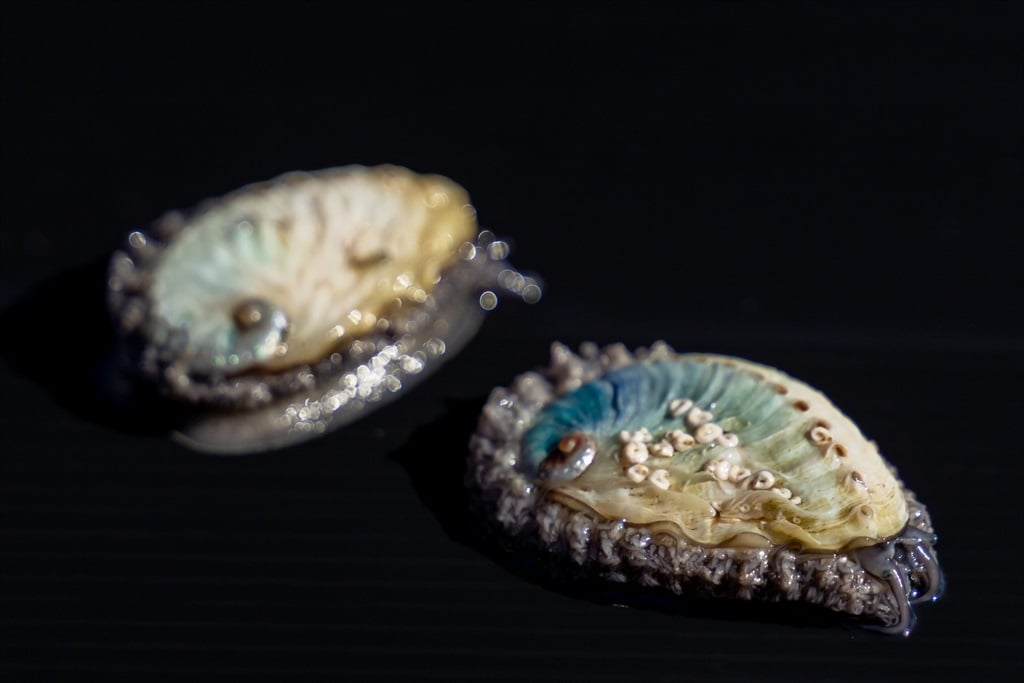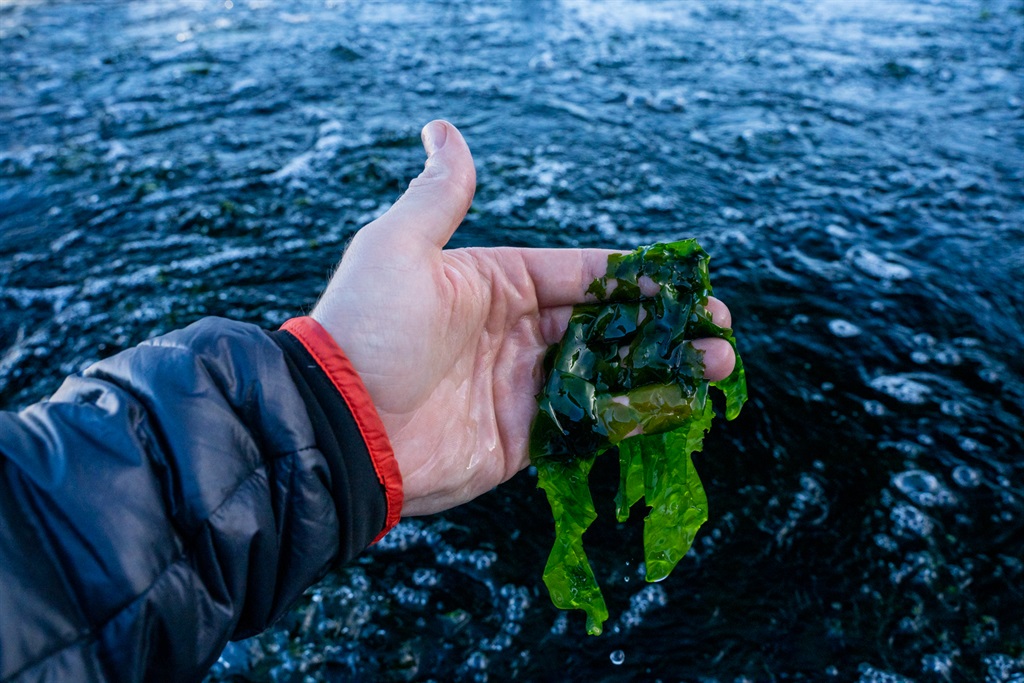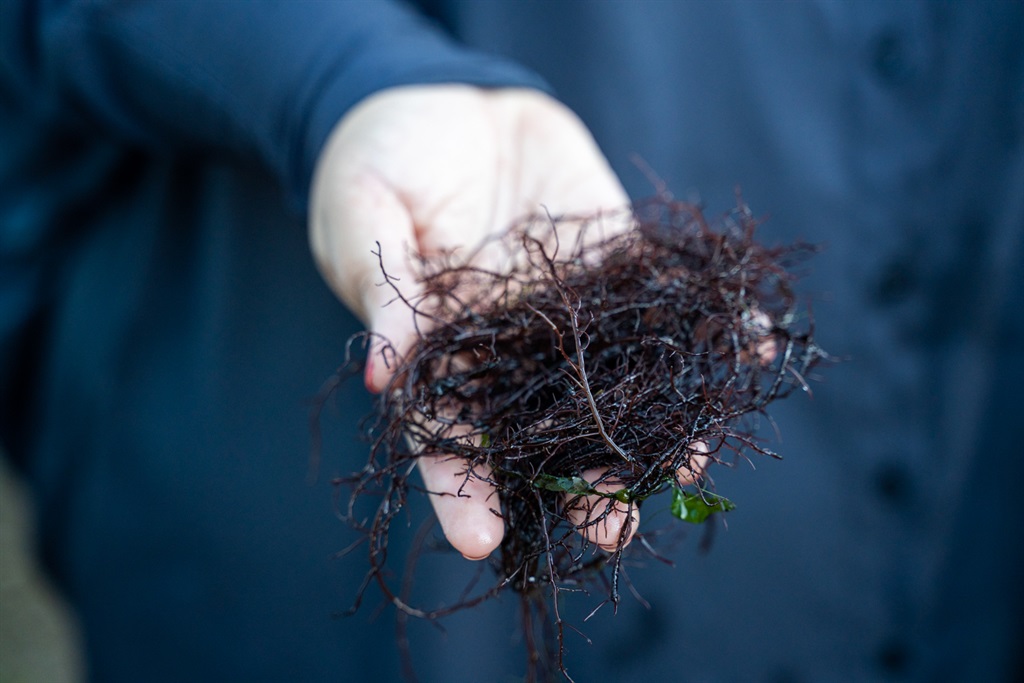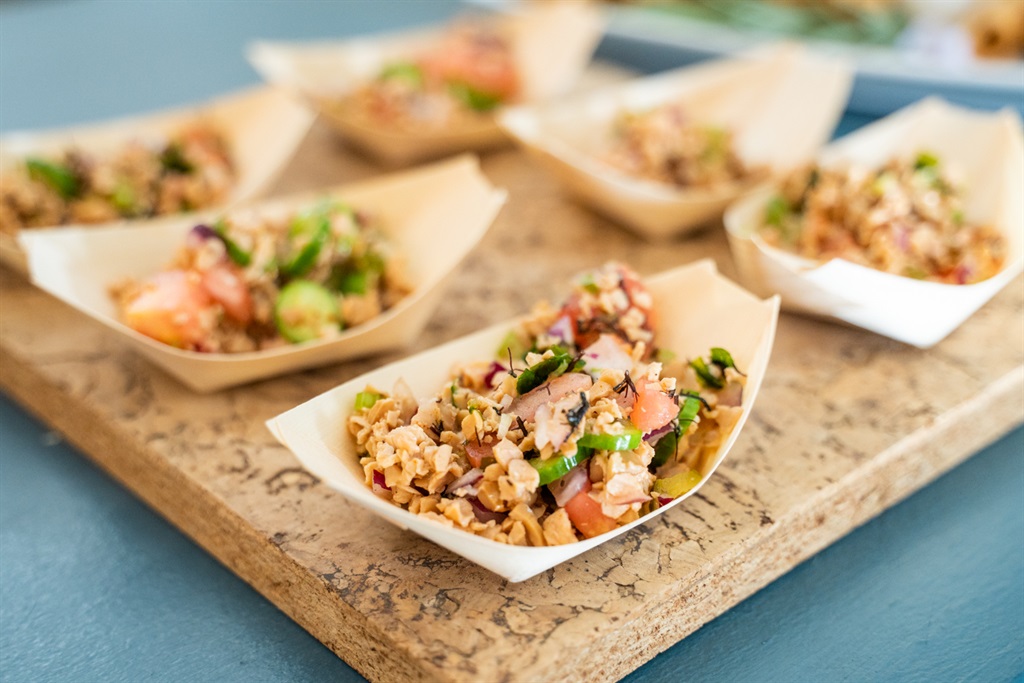- The abalone industry which started in 1984 in South Africa has come a long way.
- Abagold is one of the largest abalone farms in Africa, it comprises four aquaculture farms spread over 10 hectares and home to some 10 million abalone.
- At any given time it has 630 tonnes of abalone in tanks of various sizes busy going through the pipeline. It takes five years for the abalone to reach maturity.
- On Saturday, the company was recognised for its sustainable farming practices with a major award given by Friend of the Sea, an independent NGO. Their highly sought after environmental certification can be found on some 1,500 products in more than 80 countries.
- For more stories go to www.BusinessInsider.co.za.
It all started in 1984, when a veterinarian, spurred on to find a sustainable way of ensuring abalone, a mollusc commonly known as perlemoen found in the swaying kelp forests off the West Coast of Africa, wouldn’t go extinct.
“Dr Pierre Hugo put his life into trying to figure out how to spawn abalone, because once you could spawn them, we figured we should be able to grow them and he was able to do that. That recipe is what has been shared and it’s why we now have 13 different abalone farms in South Africa.”
These are the words of Tim Hedges, director of Abagold, which has been part of the abalone story for over 25 years. Their business which was started on the shores of Hermanus cultivates the world’s most desirable seafood, highly sought after on dinner plates in Hong Kong, part of a massive aquaculture business that in 2018, reached 46,400 tonnes per year.
Now one of the largest Abalone farms in Africa it comprises four aquaculture farms spread over 13 hectares and is home to some 10 million abalone. The company employs 381 people, and in 2021 saw more than 500 tonnes of production of which 95% is sold overseas. .
“At any given time we have got 630 tonnes in tanks of various sizes busy going through the pipeline. It takes five years for the abalone to reach maturity. People that farm abalone are very, very patient. Because what you put in at the beginning is what you get five years later. Once the pipeline is filled it makes this an easier process,” says Hedges.
South Africa’s highly sought after abalone species, Haliotis Midae, can fetch a high price in Hong Kong, where the majority of abalone ends up. Here abalone is considered to be a ‘white gold’ eaten anywhere from high-end restaurants to being given as gifts during Chinese New Year, or during the Dragon Boat Festival, and given as a symbol of wealth.
“It is a famous gift to give your potential mother-in-law, as a gift on Mother’s Day, to show respect. So it’s definitely not an aphrodisiac, no one wants to give their mother-in-law that kind of a present,” says Werner Piek, Head of Marketing Abagold.
Hatcheries have become a crucial alternative for the preservation of this fascinating mollusk which was once so abundant in the kelp forests of South Africa.
For the team at Abagold, this last Saturday was more special than most. The company was recognised for its sustainable farming practices which use organic farming methods as well as solar power, even harvesting and growing their own seaweed.
Given by an NGO called Friend of the Sea, a project of the World Sustainability Organisation that independently certifies environmental sustainable production for businesses from restaurants to fisheries, aquaculture, fish meal, sustainable shipping, whale and dolphin-watching, aquaria, ornamental fish, UV creams, food, and more.
Abagold’s relationship with the certification goes back to 2015 when it was one of the first abalone companies to be awarded the independently verified Friend of the Sea Sustainability Certification. It received the Friend of the Sea’s 2022 Sustainability Award, given each year to just one company for its engagement in sustainable production.
The past 30 years have seen soaring demand from East Asia fueling massive demand for poaching of South African abalone. And, in the wake of said poaching, abalone farming has become a crucial alternative for its preservation says Paolo Bray, Founder and Director of Friend of the Sea, who was in Hermanus to give the award.
“Farming abalone can decrease the fishing pressure and help recovery. Abalone have been identified as one of the many classes of organism threatened with extinction due to overfishing, acidification of oceans.”
It meets a series of certification standards that minimise the harmful effects of aquaculture operations including: reducing its impact on surrounding habitats; using organic farming methods; reducing its carbon footprint, and complying with social accountability among others.
It hasn’t always been smooth sailing for Abagold. In 2017, a devastating red tide resulted in losing 36% of their farming stock. It took two whole years to get back to production.
“To come out of that difficult time and to be able to get to a point where I can continue to grow sustainability to be able to continue doing things for the long term. We are constantly looking at new technology. What we realised was sustainability defines how we are going to survive. How do we make sure we are as efficient as possible,” says Hedges.
Here’s what the farm looks like:
When Hermanus was founded 150 years ago, abalone was abundant on the shoreline. Fishing was the first economic base of the town. Over the years this aggressively harvested species disappeared and men turned their attention to the shellfish, abalone.
It all starts with the ocean.
The pristine cool waters of the Atlantic Ocean provide the necessary nutrients and the environment for the production of abalone. Before the seawater even gets to the thousands of tanks on their farms it needs to be filtered. Large pieces of kelp and other junk-like fishing nets is first filtered using these large cages.
The kelp is harvested for use on the farm, while the rubbish is recycled.
The water is then pumped through these massive pipes. Abagold pumps on average 12 million litres of seawater to fill their tanks every hour.
This equates to transporting sea water with 13,000 fully loaded one tonne bakkies every hour.
The sea water is filtered further before being sent to a pressure tower and then into a secondary sump. It’s now clean and ready to go into the farm.
The hatchery produces 1 million spat (baby abalone).
In the larval rearing area, fertilised eggs are hatched and nursed for the first week before they are transferred to the hatchery. Here settled animals spend the first few months feeding on diatoms and are fed macro-algea. They are so small you cannot see them with the naked eye.
It can take six months to grow from microscopic eggs to 10-millimetre spats.
Abagold both produces for its own farms as well as sells to others.
Abagold has four farms in Hermanus: Sea View, Amaza (waves), Bergsig (mountain view), and Sulamanzi (clean water).
Prime animals from the hatchery are placed on Sea View where they are raised. Once the animals are of a suitable age and size, they are moved out to Amaza where the intermediate sized animals are housed. Finally, the animals are settled on Bergsig to complete their growth phase. The whole process takes years.
Combined, the three farms house 4,000 land-based tanks.
Abba Gold has its own canning and food processing facility.
It exports live, dried, and canned abalone.
South Africa’s highly sought after abalone species, Haliotis Midae, is revered, fetching a high price in Hong Kong and China.
South Africa has been in the abalone business for 50 years, but we have only been farming abalone for the last 15 to 20 years. South Africa is one of the three of the largest abalone producers globally. With over 100 species, of which 15 are commercial, abalone has different characteristics.
With so much abalone, the company needs a lot of food.
Along with harvesting seaweed from their filtration systems, they also grow their own. Abagold grows 12 tons of ulva a month in six giant ponds. They also use kelp and small quantities of gracilaria.
Abagold also developed its own feed manufacturing plant where it produces 100 tonnes of artificial feed per month for its farms and other aquaculture species.
Value to South African Economy.
According to a Western Cape report, in 2016, global abalone production was 150,000 tonnes. In that same year, South Africa producing 1,660 tonnes, that’s 2.8% of global supply. By contrast, illegally harvested abalone in South Africa was reported to be an average of 2,174 tonnes per year between 2000 and 2016 (with an annual average value of R628 million).
How is Abalone eaten?
Abalone makes for a scrumptious ceviche or can even be eaten straight out of the can.
Get the best of our site emailed to you every weekday.
Go to the Business Insider front page for more stories.


